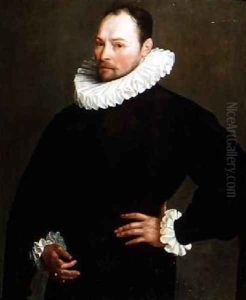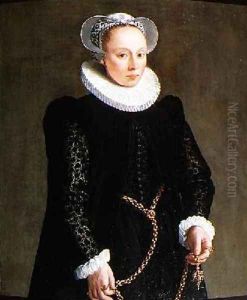Herman van der Mast Paintings
Herman van der Mast was a Dutch artist, born in 1865 in the Netherlands. He was part of the late 19th and early 20th-century European art movement, contributing mainly to the fields of painting and drawing. His life and work were situated within a period of significant transition in the art world, bridging the gap between traditional and modern art forms. Van der Mast's career unfolded during a time of artistic exploration and innovation, which influenced his development as an artist.
Educated in the arts during a time when the Impressionist movement was giving way to Post-Impressionism and Expressionism, van der Mast was exposed to a variety of influences that shaped his artistic style. He studied at various art academies in the Netherlands, where he was exposed to the works of Dutch masters as well as contemporary trends. His style evolved over the years, reflecting the changing tastes and artistic approaches of the era. Van der Mast's work often depicted everyday scenes, landscapes, and portraits, characterized by a unique blend of realism and impressionistic sensibilities.
Throughout his career, Herman van der Mast exhibited his work across Europe, gaining recognition for his contributions to Dutch art. He was part of a broader movement of Dutch artists who were exploring new approaches to art, challenging traditional conventions, and experimenting with color, form, and technique. Despite facing the challenges of World War I and the interwar period, van der Mast continued to produce work that resonated with both critics and the public.
Van der Mast's legacy is that of an artist who captured the essence of his time through his paintings and drawings. His work remains an important part of Dutch art history, reflecting the cultural and social changes of his era. Herman van der Mast passed away in 1939, leaving behind a body of work that continues to be admired for its contribution to the development of modern art in the Netherlands.

